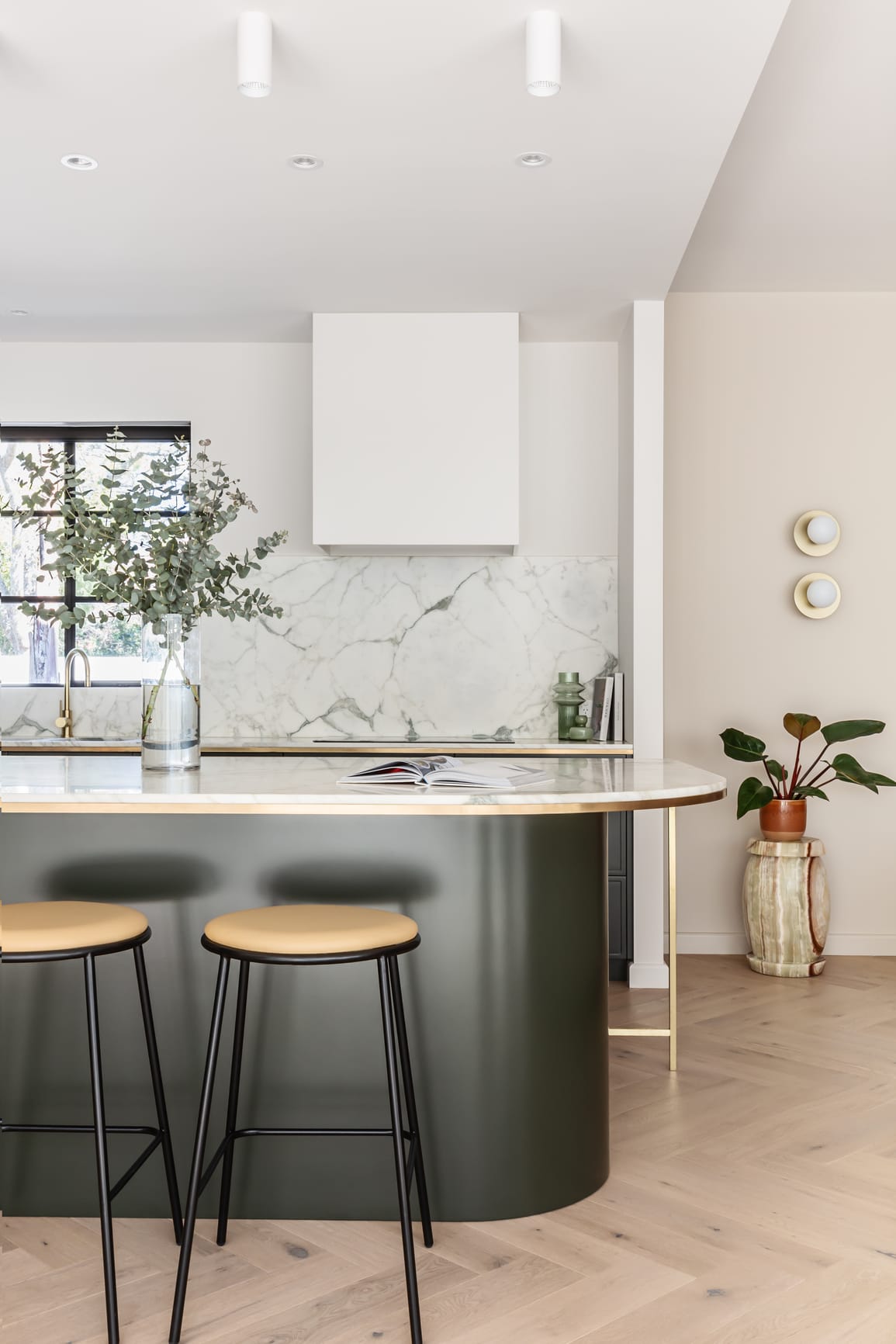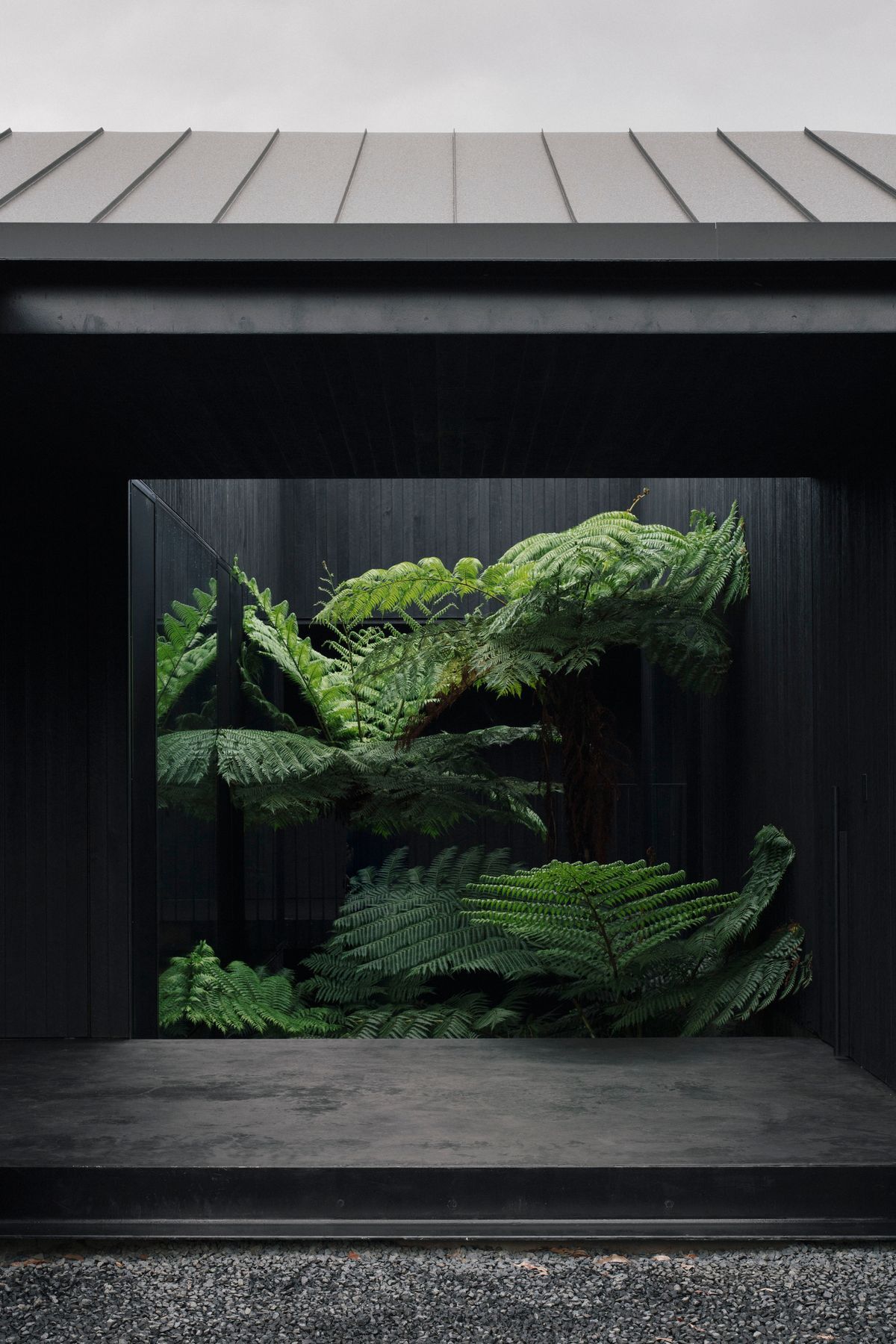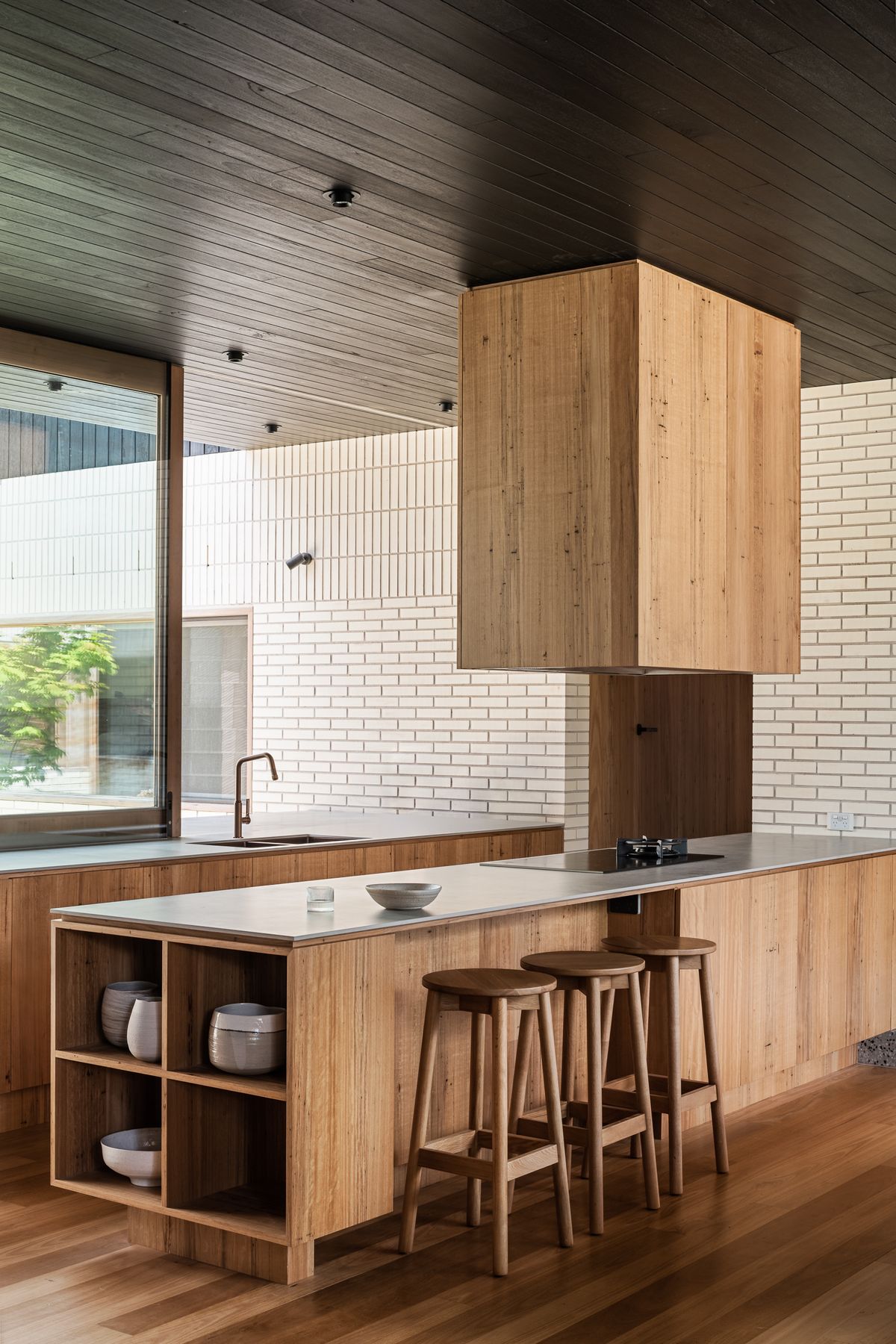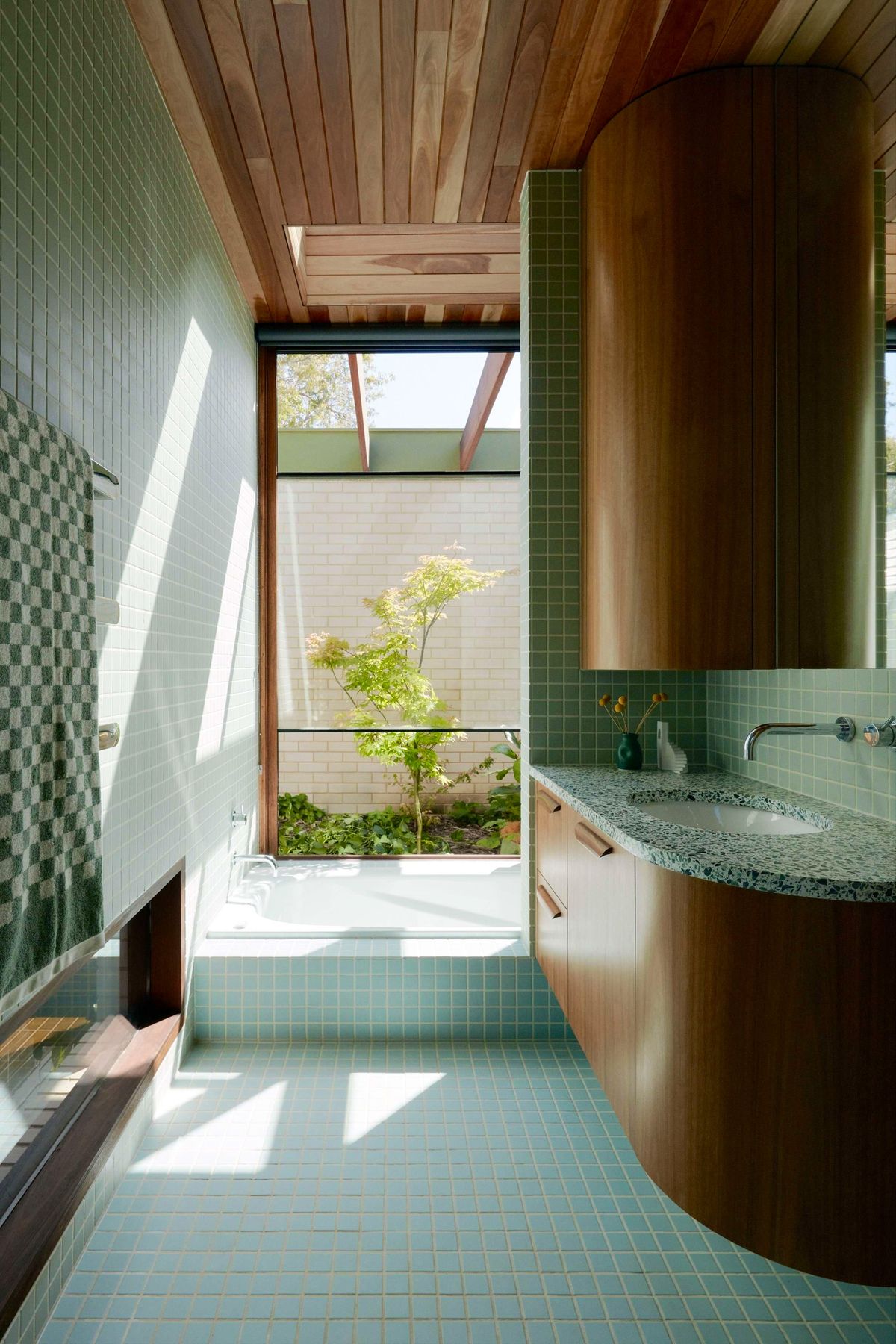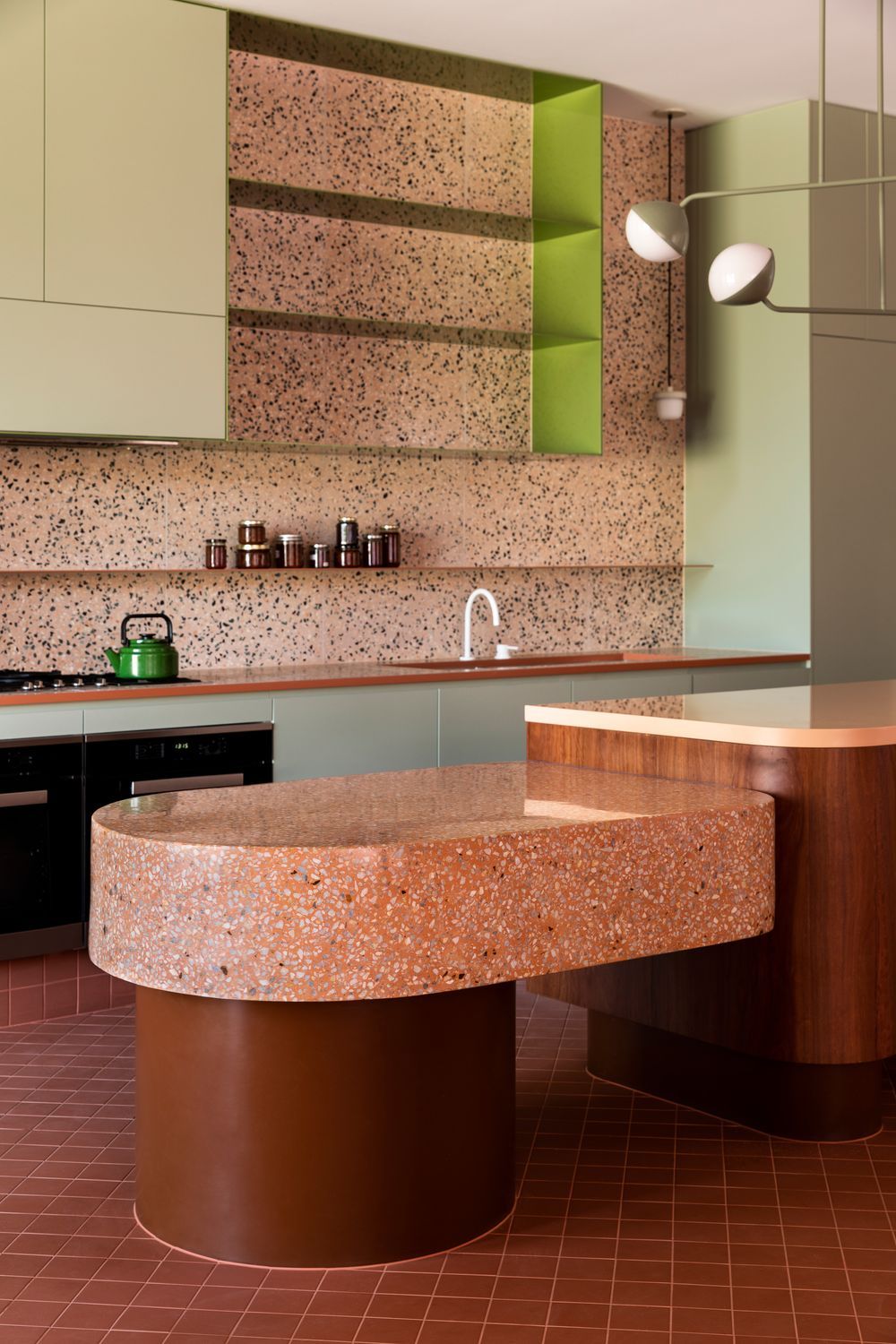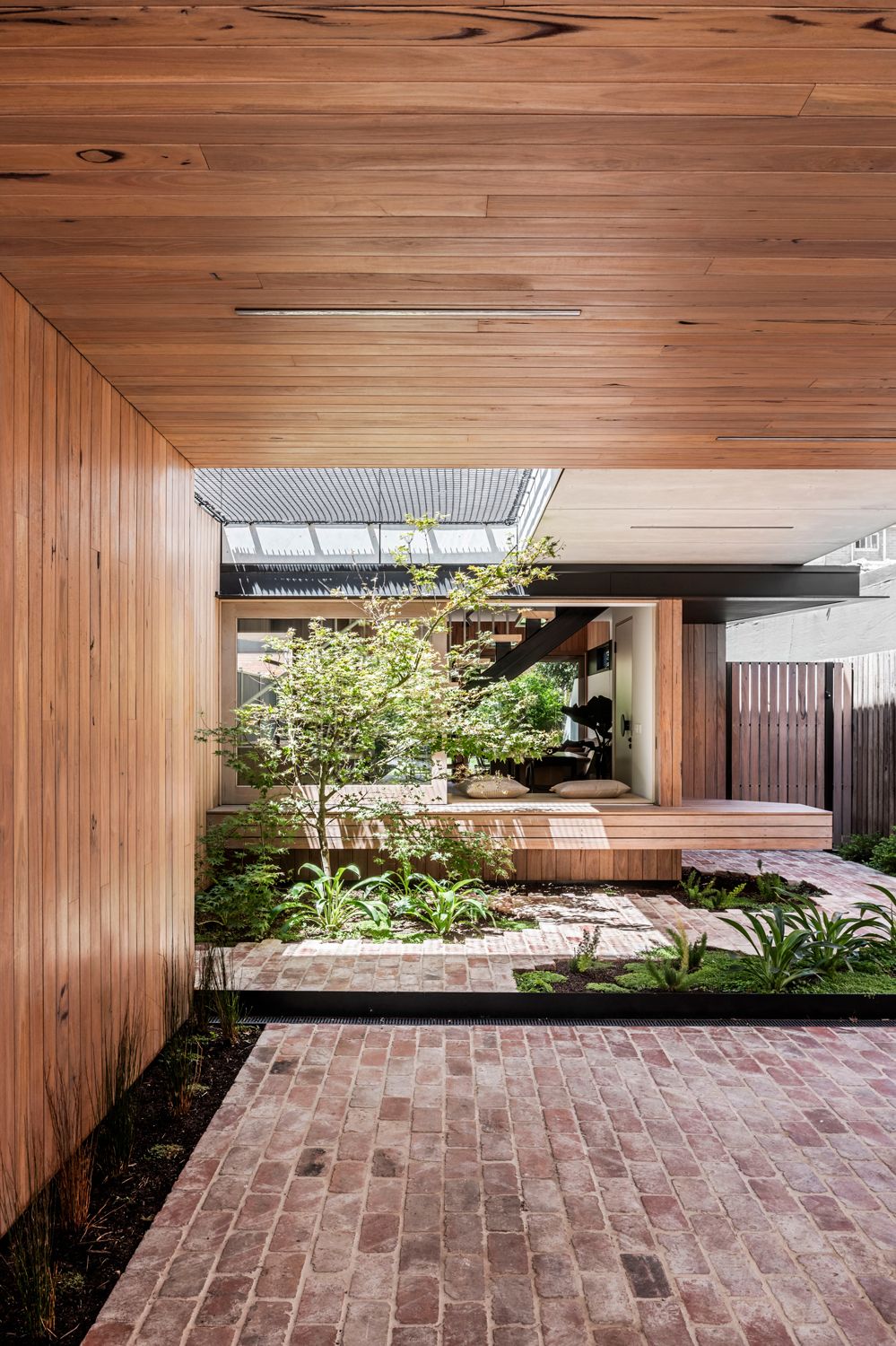As the end of the academic year draws nearer, students across the country are gearing up to embark on their professional journeys. With the transitional period from campus life to the wider professional sphere approaching, adequate preparation becomes crucial. This exciting yet challenging time marks the beginning of a new chapter in graduates' lives. Understanding the significance of providing guidance during this crucial phase, we have curated a comprehensive list of ten essential tips. These invaluable insights will equip new graduates with the necessary tools to navigate the transition into the workforce seamlessly.
Building Connections and Fostering Collaboration:
Networking plays a significant role in the architecture and design industry. Attend industry events, conferences, and workshops to meet professionals from various backgrounds. These events provide opportunities to meet professionals from diverse backgrounds and engage in meaningful discussions. An excellent example of the impact networking can have in the architecture and design industry is our recent "Future of Work" event. During this event, we organised a roundtable discussion that delved into the latest trends in design practice, employment insights, and the transformative effects of flexibility, employee well-being, and authentic connections on our work and the design of cities and communities. To ensure you stay informed and continue expanding your knowledge of the industry, we recommend keeping an eye on our monthly community updates where we announce our upcoming events. Another valuable avenue for networking and expanding your connections is through joining professional organisations like the Australian Institute of Architects (AIA) and the Design Institute of Australia (DIA). These organisations not only offer a platform for networking but also provide access to a wide range of resources and benefits.
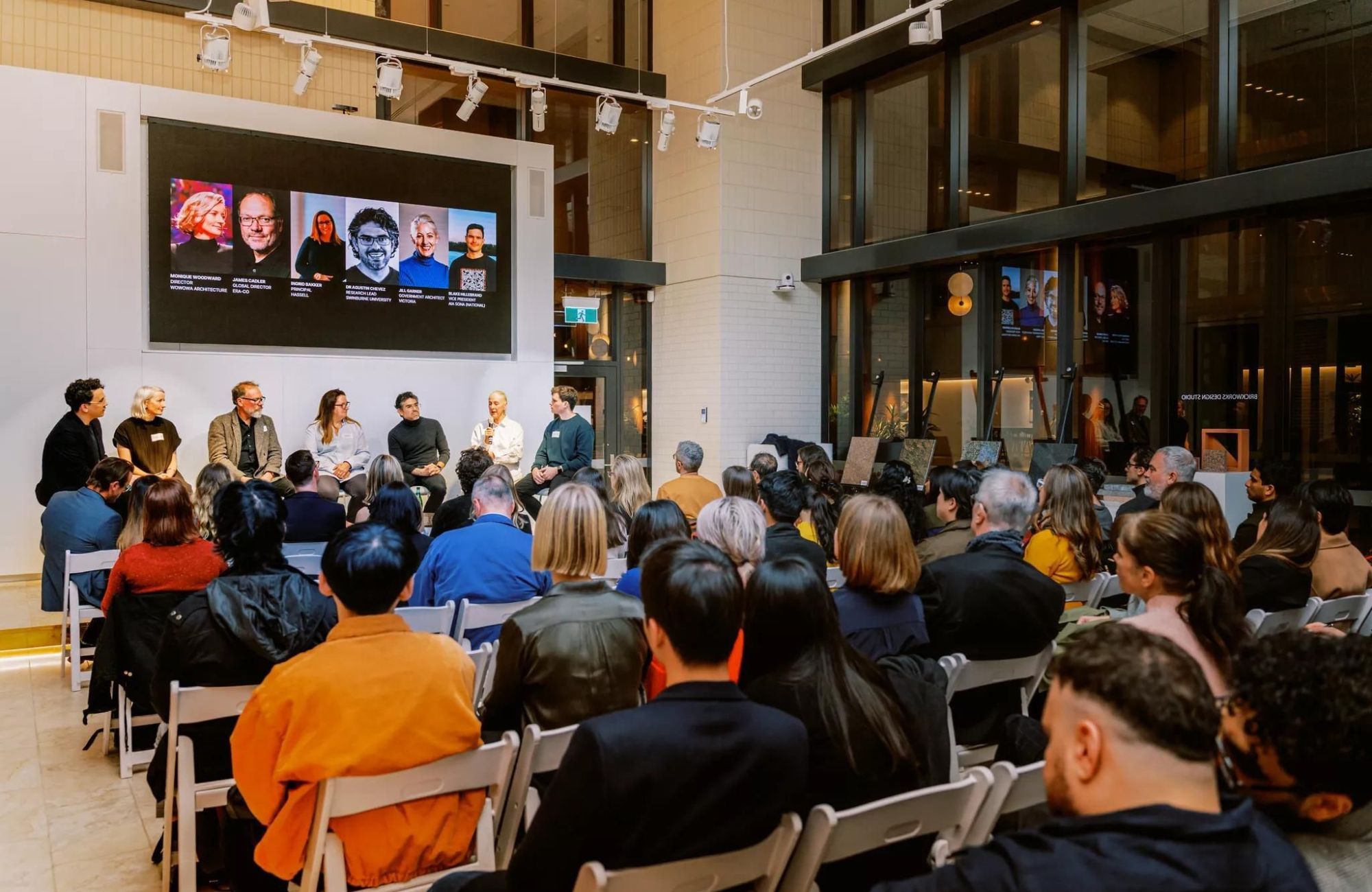
Immerse yourself in opportunities:
Gaining practical experience is a pivotal aspect of preparing for the professional world. It goes beyond theoretical knowledge gained in classrooms and textbooks, allowing you to apply your skills in real-world scenarios. By actively seeking opportunities to immerse yourself in practical work, you can develop a deeper understanding of their field and sharpen their professional acumen. To fully immerse yourself in the field and maximise your job opportunities, it's crucial to stay in the loop and actively engage with relevant resources. One effective way to do this is by utilising our CO-architecture's job board. This provides a centralised hub where you can explore a wide range of job opportunities and keep track of the latest openings in our field. Additionally, it's essential to build and maintain a professional profile that showcases your skills, experiences, and portfolio. By creating a compelling profile and regularly updating your resume and portfolio, you increase your visibility among industry professionals and create opportunities for collaboration and new ventures.

Guide growth through Mentorship:
Finding a mentor who has substantial experience in the industry can provide invaluable guidance and support. A mentor can offer insights into the profession, help you navigate career decisions, provide constructive feedback on your work, and offer networking opportunities. Look for mentors within your workplace, academic institutions, or professional organisations. Their mentorship can accelerate your professional growth and help you establish yourself in the industry.
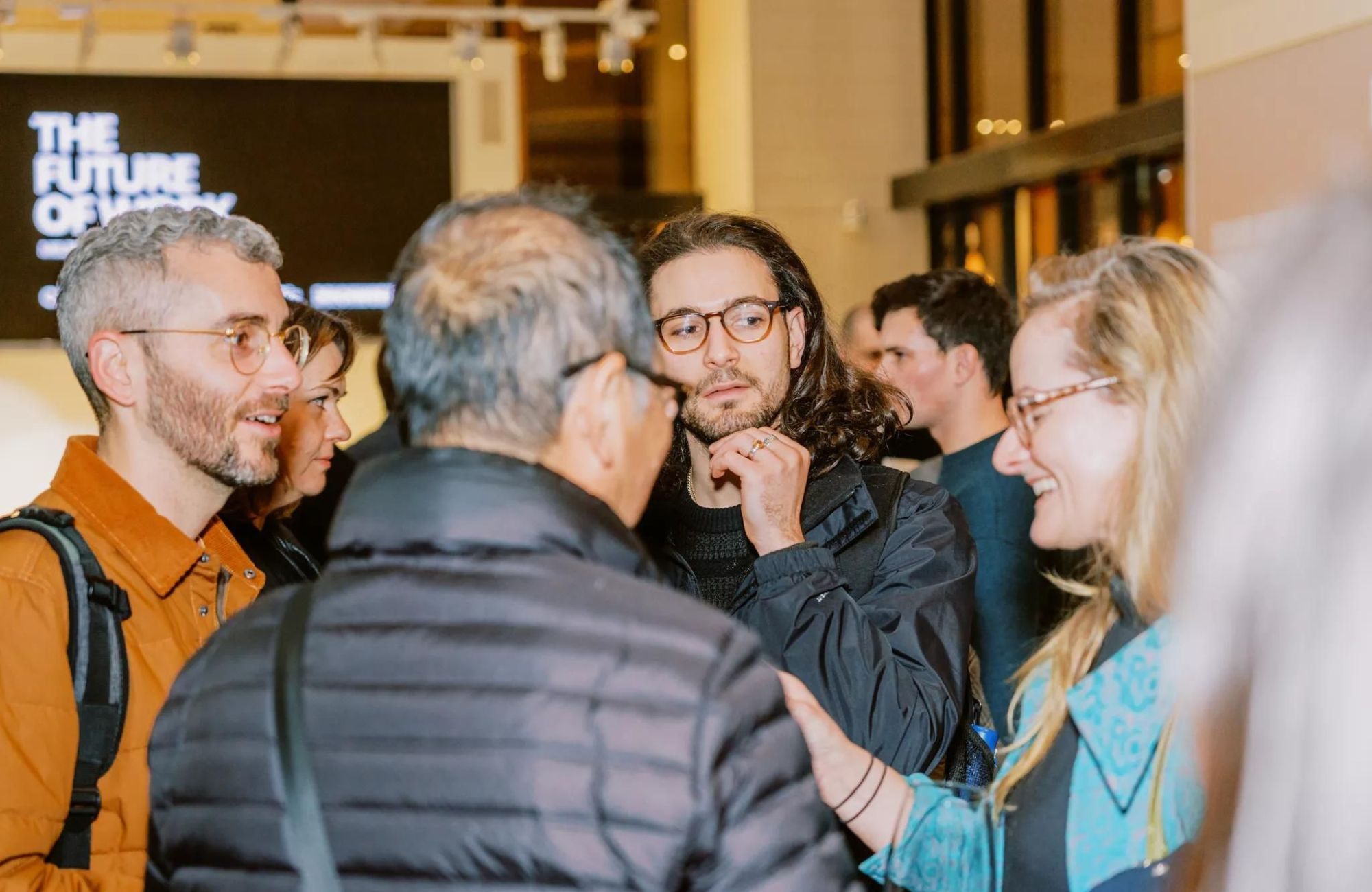
Seek inspiration through Travel:
Seeking inspiration through travel is a transformative experience that holds immense value for aspiring architects and designers, whether it takes the form of a well-deserved holiday, an internship, or a job opportunity. Traveling to various destinations allows you to go beyond the confines of your local surroundings and immerse yourself in a tapestry of architectural wonders. By witnessing iconic landmarks, historical structures, and contemporary marvels firsthand, you can gain a deeper appreciation for the power of design and the interplay between culture and architecture. So, whether it's a weekend getaway to a nearby town or a grand adventure overseas, don't underestimate the power of travel to fuel your passion for architecture and design. Indulge in the transformative power of travel by exploring Co-Architecture's captivating Escape features, where you can virtually escape to remarkable destinations, immerse yourself in breathtaking landscapes, and marvel at architectural wonders from around Australia.

Self-Care and Mental Refreshment:
In the demanding world of architecture and design, self-care and mental refreshment are vital for sustained success. Taking breaks and engaging in activities that sharpen skills and provide mental rejuvenation is not a luxury but a necessity. Just as a well-maintained tool performs better, architects and designers need to invest in their own well-being to enhance productivity, creativity, and overall satisfaction in their careers. Prioritising self-care and well-being is not only crucial for your individual growth but also for fostering a healthy work environment. By valuing self-care and encouraging a supportive culture within your workplace that recognises the importance of mental and emotional well-being, individuals and organisations can create a positive and thriving professional ecosystem.
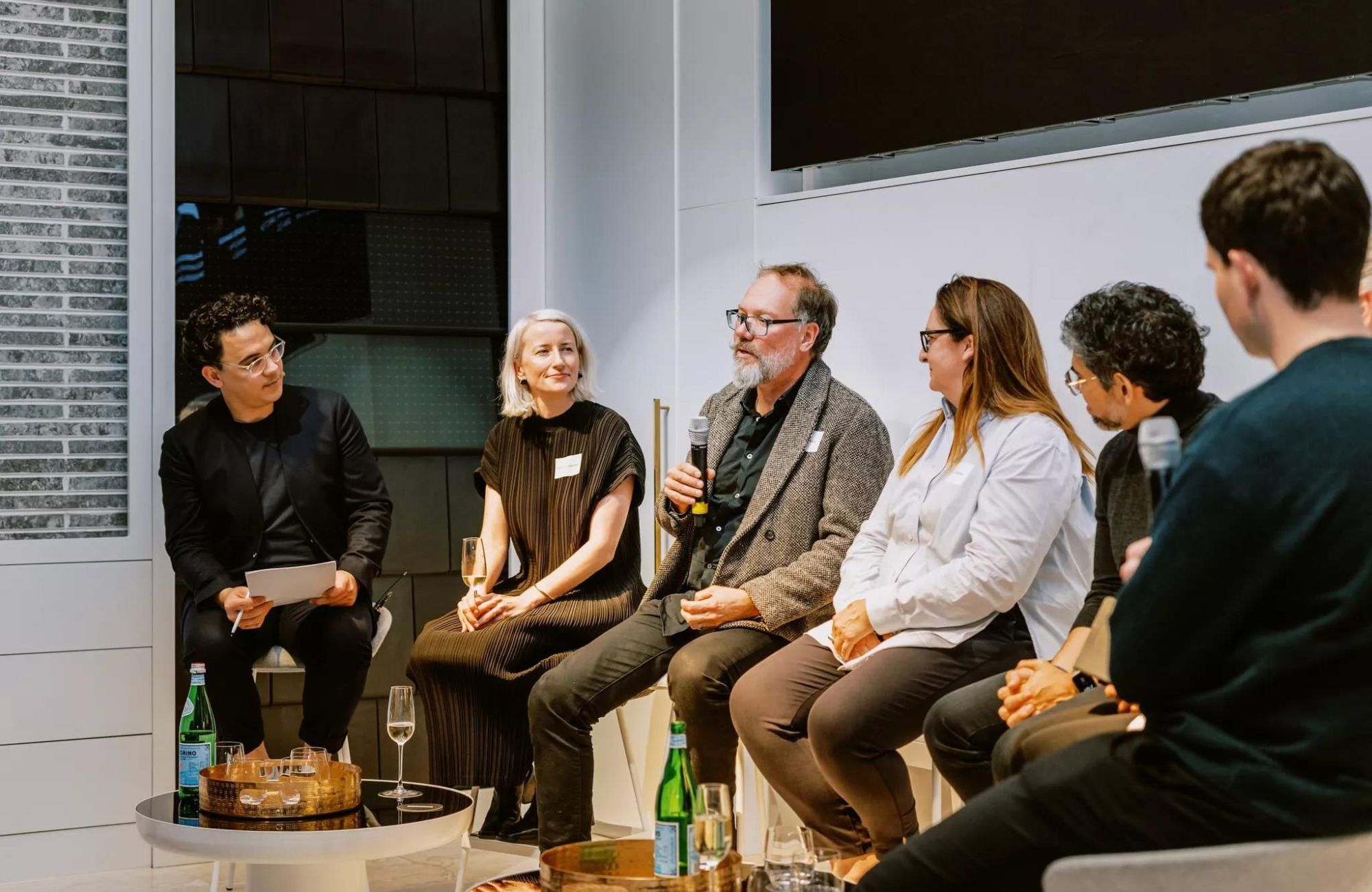
Unleash the Power of Sustainable Design:
In an era where sustainability takes centre stage, architects and designers are bestowed with a profound responsibility to champion environmentally conscious practices. It's imperative to dive deep into the realm of sustainable design principles, materials, and technologies, equipping oneself with the tools to shape a greener future. Picture a world where every structure harmoniously coexists with nature, where sustainability is seamlessly woven into the fabric of our creations. As a visionary architect or designer, you possess the unique opportunity to transform this dream into a tangible reality. Challenge the conventional norms and adopt innovative approaches that prioritise eco-friendly practices.

Embracing the Power of Teamwork:
In the realm of architecture and design, collaboration reigns supreme. It is a collective endeavour that thrives on the talents and expertise of a diverse group of professionals. While you may have honed your skills working solo during your university projects, it is vital to embrace the art of teamwork as you embark on your professional journey. In the world of design, being a lone wolf holds no advantage. Prepare yourself to seamlessly interact with clients, site engineers, vendors, visualisation experts, and service consultants, among others. As you venture beyond the realms of academia, it is crucial to adopt an unwavering commitment to collaboration. Remember, the timeless adage "Teamwork makes the dream work" finds its truest embodiment in the field of architecture and design.
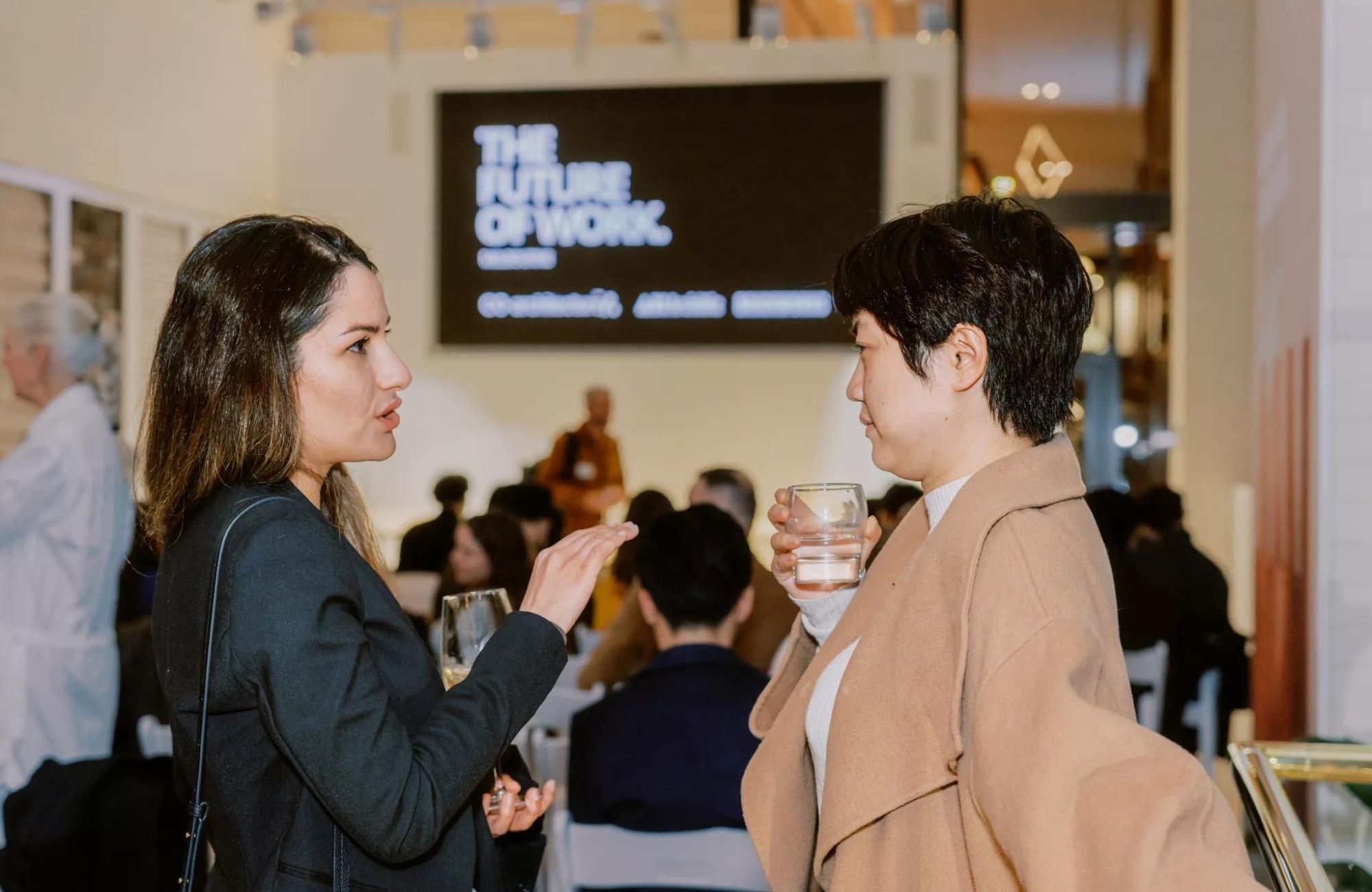
Staying Vigilant in the Industry:
In your quest for professional excellence, it is crucial to maintain a vigilant eye on the ever-evolving landscape of your industry, the preferences of your potential clientele, and the businesses you aspire to collaborate or work with. By dedicating time to thoroughly explore companies and potential clients, you gain valuable insights into their intricacies of their brand and determine whether they align with your values. This knowledge empowers you to craft a tailored message that resonates specifically with your ideal target audience. When looking for work, curate your portfolio by skilfully highlighting relevant experiences, and showcase distinctive qualities that set you apart from the competition. If you find yourself in the early stages of your academic path, a simple yet effective way to initiate your research is by following various agencies on social media. This grants you a front-row seat to witness their latest creations and gain a profound understanding of their unique design ethos.

Protect professional connections and uphold a positive reputation:
Within the tightly woven fabric of Australia's architectural landscape, your actions and decisions reverberate far and wide. Job transitions and unwise choices can leave lasting imprints beyond your immediate workplace. To safeguard your image and pave the way for future opportunities, it is paramount to approach transitions with professionalism. By exercising discretion, respect, and grace during these shifts, you not only protect your reputation but also foster the potential for growth within this interconnected industry.
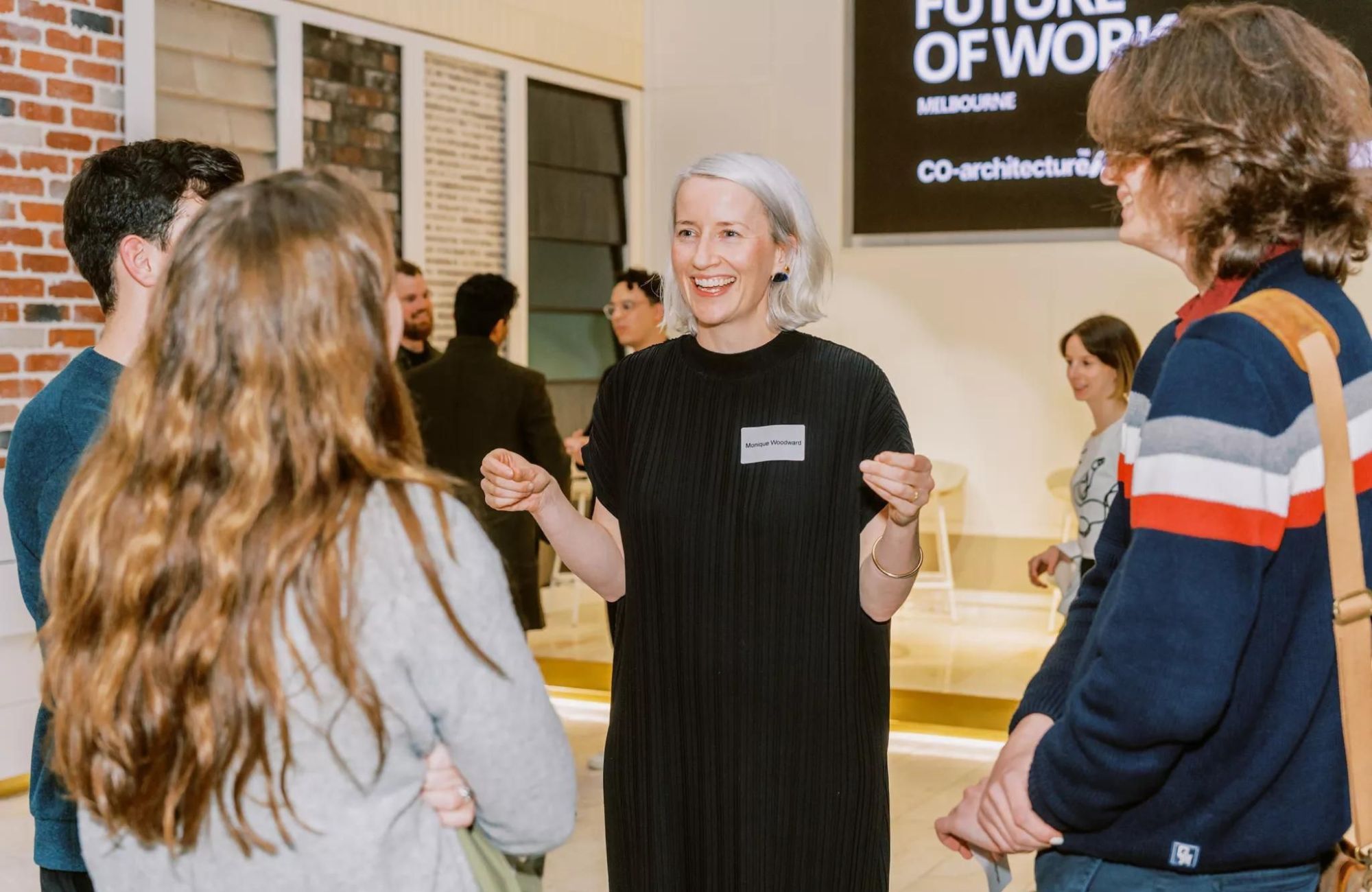
Education is an ongoing journey:
To remain at the vanguard of materials, systems, codes, and technology, it is imperative to embrace a mindset of continual learning. The design world is in a constant state of evolution, and it is vital not to let yourself be left behind. The quest for knowledge doesn't cease after graduation. Embrace this perpetual learning process as an opportunity for growth and development. Take an active role in expanding your expertise by inquiring within your firm, voicing any uncertainties you may have. Attend design lectures and participate in enriching learning seminars. By proactively investing in your ongoing education throughout your career, you fortify your knowledge base and position yourself as a dynamic professional in the ever-evolving architectural landscape.



